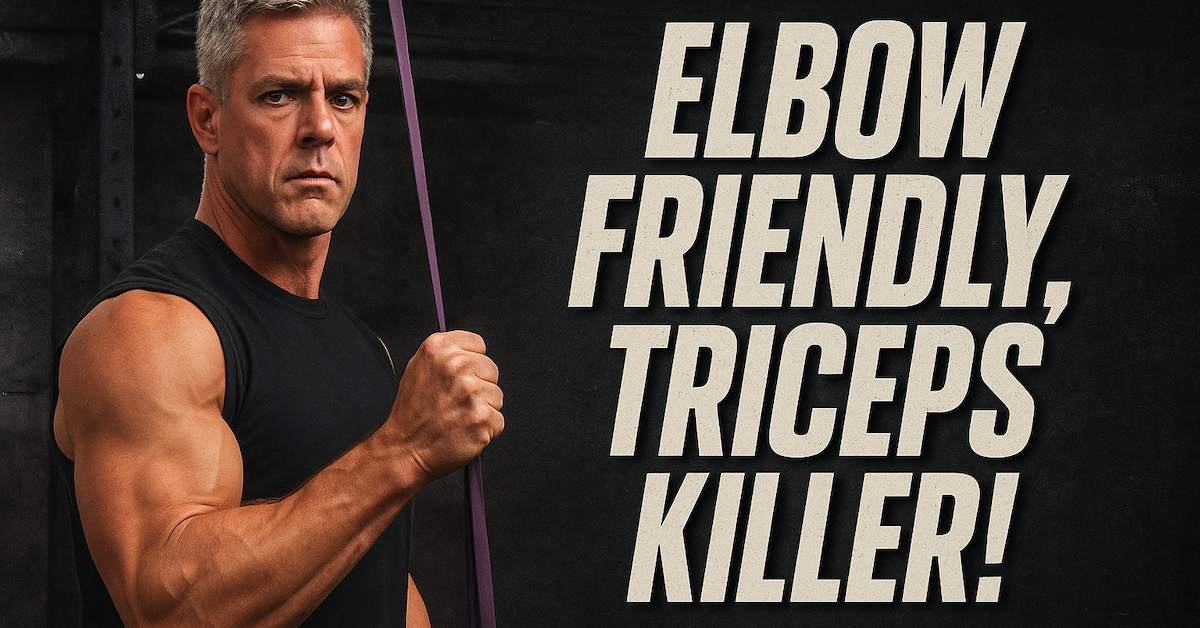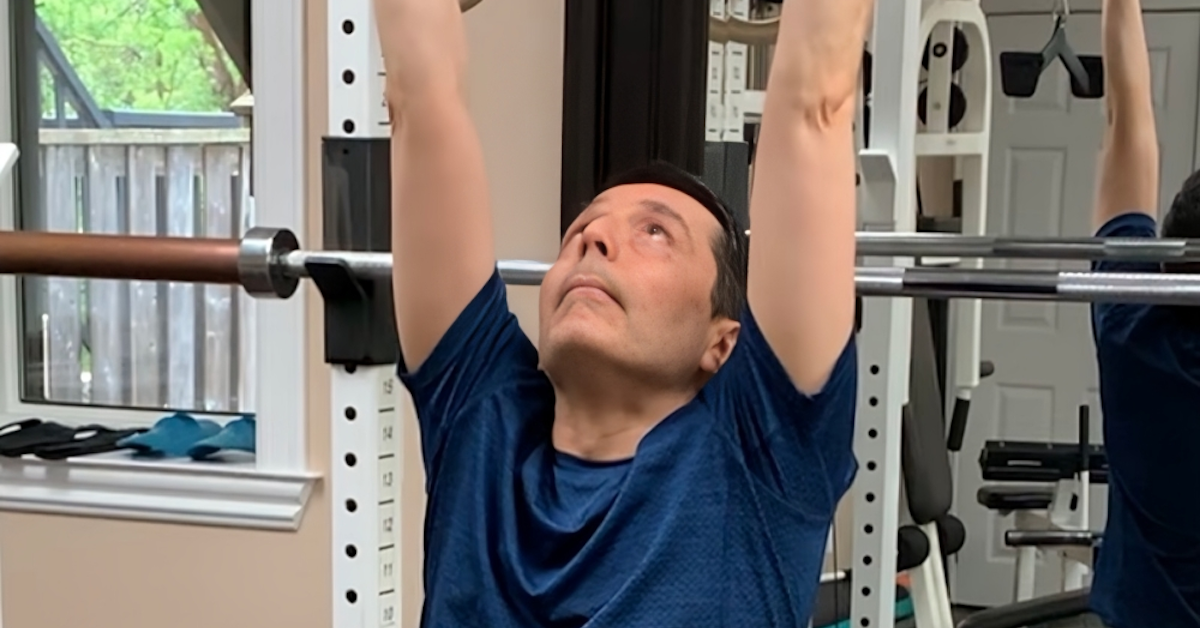The woodchop exercise is a dynamic, functional movement that develops core strength and rotational power. It targets the abdominals, obliques, and lower back while engaging the shoulders, hips, and chest as stabilizers. And don’t worry—you don’t need an axe. In the gym, the safer alternative is a cable machine with an adjustable pulley.
Here’s how to do it right, the benefits you’ll gain, and variations to keep you progressing.
How to Perform the High-Pulley Woodchop
- Stand beside a cable machine with feet shoulder-width apart and knees slightly bent.
- Grip a rope or handle attached to a high pulley with both hands.
- Position your hands above one shoulder, arms extended diagonally across your body.
- Engage your core and maintain a straight back as you pull the handle down and across in a chopping motion.
- Rotate your torso and pivot on your back foot so your hips follow the movement.
- Keep arms extended but slightly bent throughout.
- Control the return to the start position.
- Repeat for the desired reps, then switch sides.
Muscles Targeted
- Rectus abdominis (six-pack muscles)
- Obliques (sides of the core)
- Erector spinae (lower back)
- Stabilizers: shoulders, chest, hips
Benefits of Woodchops
✅ Core Strength: Builds strong abs, obliques, and spinal support.
✅ Rotational Power: Essential for sports like golf, tennis, baseball, and throwing.
✅ Balance & Coordination: Trains upper and lower body to work together.
✅ Full-Body Engagement: A compound movement that develops multiple muscle groups.
✅ Functional Transfer: Mimics real-life motions like swinging a hammer or chopping wood.
Variations & Modifications
- Kneeling Woodchop: Reduces stability for a greater core challenge.
- Resistance Band Woodchop: A great alternative if no cable machine is available.
- Spine-Friendly Start: If you’re concerned about your lower back, begin with the half-kneeling woodchop variation before progressing to more dynamic versions.
Key Takeaway
The woodchop isn’t just an ab exercise—it’s a full-body, functional powerhouse that builds strength, athleticism, and resilience. Add it to your training routine to develop a stronger, more capable core that supports both performance and everyday life.

Standing Band Pressdowns: The Joint-Friendly Triceps Builder
If you want bigger, stronger arms but struggle with elbow pain or can’t seem to get the right triceps activation

Target Your Rear Delts Like Never Before
If you’ve struggled to feel your rear delts working—or to fill in that rear delt gap—this variation of the bent-over

Leo’s Chin-Up Journey (Day 1): From Zero to Hero
Can’t Do a Chin-Up? Neither Could Leo… But That’s About to Change. Leo started training with me back in September.
follow
Error: No feed with the ID 2 found.
Please go to the Instagram Feed settings page to create a feed.
